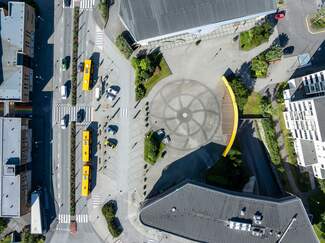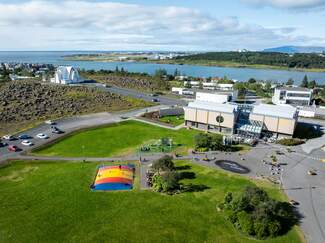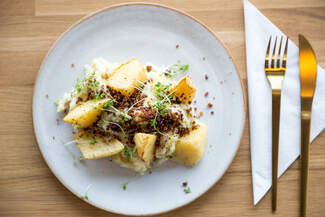
7 Ways Reykjavík Perfectly Combines Nature & City Life

Getting Around Reykjavík
Travellers visiting Reykjavík can choose from several options when it comes to getting around the city. Many people choose to rent a car, but public transportation is both more economical and more eco-friendly. Bike rentals and electric scooter rentals have also become very popular in the city centre and there is always the option of walking!

City Areas
The Reykjavík Capital Region is Iceland’s largest and most populous urban area, with approximately 249,000 residents as of 2025.
The Capital Region is made up of six municipalities: Reykjavík itself, along with Kópavogur, Hafnarfjörður, Garðabær, Mosfellsbær, and Seltjarnarnes.

Dining in Reykjavík
Whether you’re looking for an elegant fine dining experience, a cosy café to unwind, a lively happy hour spot, or a family-friendly restaurant, the city has something for everyone.